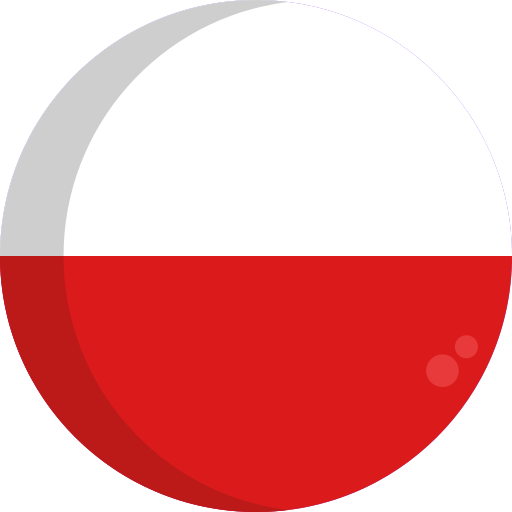The European Ceramic Society
Laboratory sheet

Poland
AGH University of Science and Technology, Krakow
Technology of glass and amorphous materials: synthesis, processing recycling of glassy wastes and glassy materials characterization
Director : Prof. DSc. Eng. Manuela REBEN
Email : manuelar@agh.edu.pl
Phone : +48 600 226 003
Address : AGH University of Science and Technology Faculty of Material Science and Ceramic Department of Ceramic and Refractory Materials 30 Mickiewicza Av., Building A3, 30-059 Kraków
Website : http://ktsipa.ceramika.agh.edu.pl
Research topics :
- Functional glasses and composites
- Surface functionalization by amorphous coatings
- Transparent Glass-Ceramics
- Oxide and oxyfluoride glasses:
- Glaze and enamels
- Glasses for photonics application
- Bioactive glass and glass ceramics
- Glass-metal joints in SOFC
- Hazardous waste vitrification
Contact information:
Contact name : Prof. DSc. Eng. Manuela REBEN
Tel : +48 600 226 003
Email: manuelar@agh.edu.pl
Exceptional facilities :
- equipment for optical and spectroscopic characterization of materials
- linear and nonlinear studies of materials; ellispometry, Z-scan measurement
- equipment for linear and nonlinear studies of materials
- equipment for thermal studies; DTA/DSC/TG, heating microscope, furnaces for crystal growth
- high temperature viscometers
- equipment for mechanical properties measurements
Financial support programmes :
- National fundings: the National Science Center, the Ministry of Science and Higher Education, Polish Agency for Enterprise and Development, the National Centre for Research and Development.
Latest news
Next Deadline to apply to the JECS Trust for Mobility projects is 28th February 2026!
Please note that the decisions of the JECS Trust board will not be known before mid-April 2026. Activities submitted for the deadline of 28th February 2026 for support from the JECS Trust should then not begin before Mid-May 2026.
Obituary - Professor Athena Tsetsekou
The Greek Scientific Community mourns the loss of our dear colleague Professor Athena Tsetsekou (64), Professor at the National Technical University of Athens, at the School of Mining and Metallurgical Engineering, and President of the Hellenic Ceramic Society.
Information
Contact us for any information: info@ecers.org - We will respond to your inquiry as soon as possible.








